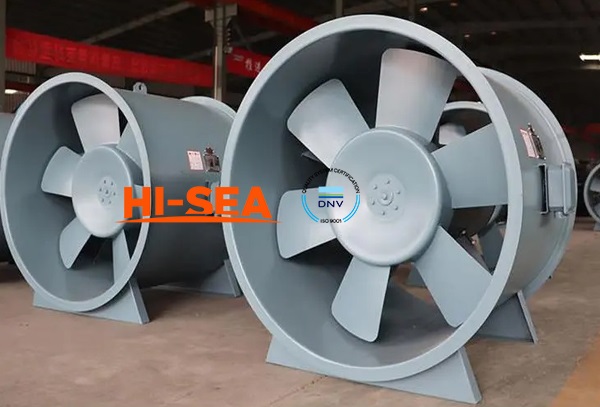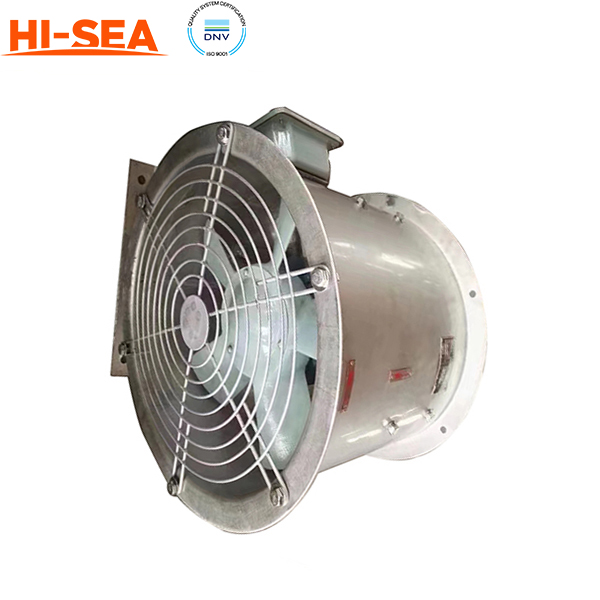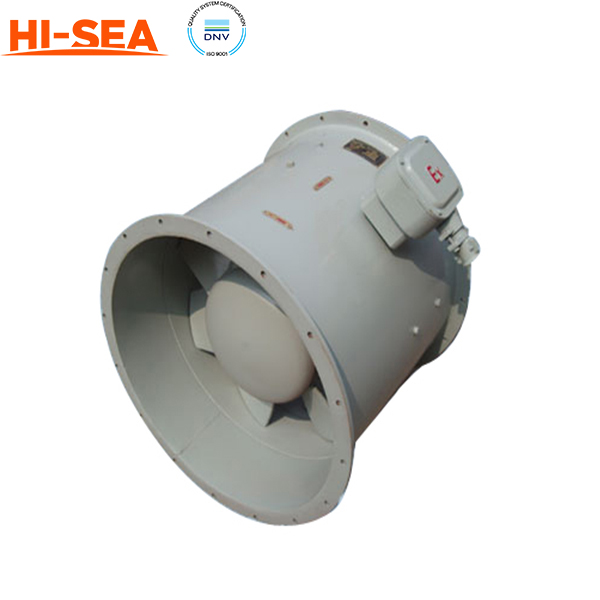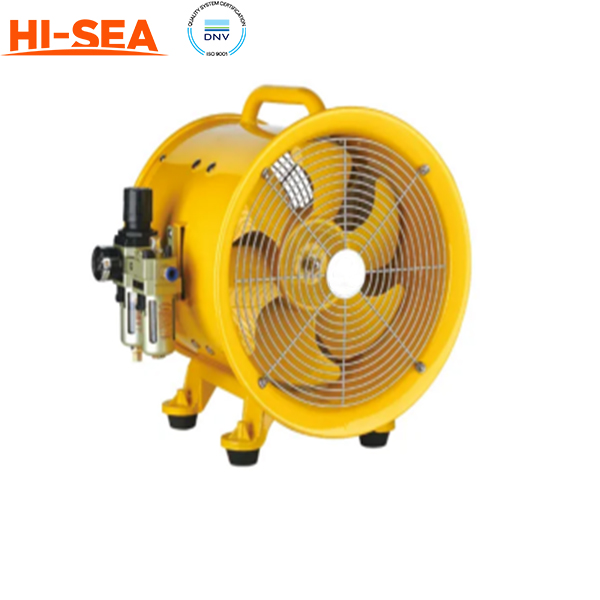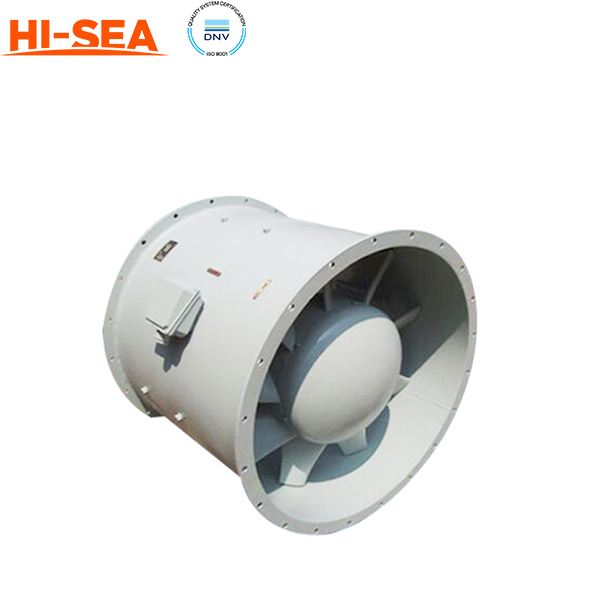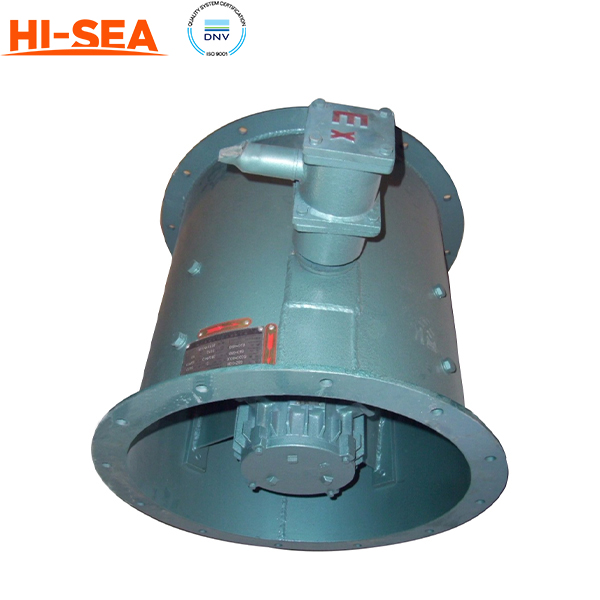MARINE & OFFSHORE EQUIPMENT
- Dredging Equipment
- Marine Deck Machinery
-
Marine Mooring Equipment
-
Marine Anchor
- AC-14 HHP Anchor
- Admiralty Anchor
- Beldt Stockless Anchor
- Bruce Anchor
- Spek Anchor
- Danforth HHP Anchor
- Delta High Holding Power Anchor
- GB11579-89 Light Weight Anchor
- Hall Anchor
- High Holding Power Mastrosov Anchor
- Hot Dip Galvanized Anchor
- Japan Stock Anchor
- JIS Stockless Anchor
- Pool Anchor
- Single Fluke Anchor
- Stainless Steel Anchor
- Stevpris MK5 Anchor
- Stingray Anchor
- US Navy Stockless Anchor
-
Marine Anchor Chain
-
Marine Shackle
- Kenter Shackle
- D Type Joining Shackle
- Pear Shaped Shackle
- Anchor Swivel Shackle Type A
- Anchor Swivel Shackle Type B
- Buoy Shackle Type A
- Buoy Shackle Type B
- C Type Detachable Connecting Link
- D Shackle
- Forelock Shackle
- Anchor Chain Swivel Group
- Straight Shackle
- Anchor Shackle
- Marine Triangle Plate
- Anchor Chain Swivel
- Anchor Chain Joining Shackle
- Anchor Chain End Shackle
- Slim Kenter Shackle
-
Chain Chaser
-
Marine Bollard
-
Marine Chock
-
Marine Fairlead
-
Marine Chain Stopper
-
Marine Mooring Reel
-
Marine Towing Bracket
-
Mooring Rope
-
Marine Towing Hook
-
Marine Shark Jaw
- Marine Fender
-
Marine Buoy
- Marine Floating Pontoon Dock
-
Marine Anchor
- Aquaculture Equipment
- Marine Outfitting Equipment
- Marine Propulsion System
-
Marine Painting
-
Marine Auxiliary Machinery
- Marine Air Compressor
- Marine Air Receiver
- Marine Sewage Treatment Plant
-
Marine Diesel Generator Set
- Marine Oil Water Separator
- Ballast Water Management System
- Marine Hydrophore
- Marine Calorifier
- Seawater Desalination Plant
-
Marine Oil Separator
- Marine Fuel Oil Supply Unit
- Marine Heat Exchanger
-
Marine Hot Well Unit
-
Marine Incinerator
-
Marine Boiler
-
Marine Valve
- JIS Marine Valve
- DIN Marine Valve
- ANSI Marine Valve
- GB Marine Valve
- CB Marine Valve
- CBM Marine Valve
-
Marine Gate Valve
-
Marine Globe Valve
-
Marine Angle Globe Valve
-
Marine SDNR Valve
-
Marine Angle SDNR Valve
-
Marine Check Valve
-
Marine Storm Valve
-
Marine Butterfly Valve
-
Marine Quick Closing Valve
-
Marine Fire Valve
-
Marine Self Closing Valve
- Marine Valve Accessories
-
Marine Pump
- Marine Centrifugal Pump
- Marine Screw Pump
-
Marine Gear Pump
-
Marine Vortex Pump
-
Marine Ejector Pump
-
Marine Diaphragm Pump
-
Marine Piston Pump
-
Marine Fire Pump
-
Marine Emergency Fire Pump
-
Marine External Fire Pump
-
Marine Ballast Water Pump
-
Marine Fuel Pump
-
Marine Lubricating Oil Pump
-
Marine Bilge Pump
-
Marine Sewage Pump
-
Marine Domestic Water Pump
-
Marine General Pump
-
Marine Cargo Oil Pump
-
Marine Hand Pump
- Marine Pump Parts
- Marine Life-saving Equipment
- Fire-fighting Equipment
- Marine Cable
- Marine Electrical Equipment
- Marine HVAC
-
Labour Protection Appliance
- Marine Decorative Material
-
Marine Anode
- Marine Pipe Fitting & Flange
- Marine Instrument
- Ship Building Equipment
INDUSTRY EQUIPMENT
- Hoisting Equipment
- Welding Machine & Material
-
Cutting Machine
- Container Securing Fitting
- Link Chain
- Container & Storage Equipment
-
Diesel Generator Set
- Other Equipment and Tools
- Petrochemical Equipment
- Fiber Reinforced Plastics
- Polymer Materials
- Environmental Protection Series
- Geo-products and Building Materials
- Metal Mesh
- Steel Grating
-
Earthwork Teeth
-
Turnbuckle
STOCK LIST
Contacts
 Tel:+86-23-67956606
Tel:+86-23-67956606
 FAX:+86-23-67956622
FAX:+86-23-67956622
 Email:manager@cqhisea.com
Email:manager@cqhisea.com
Working Time: 9:00--17:00
Working Day: Monday to Friday Website: www.cqhisea.com

Axial Flow Blower
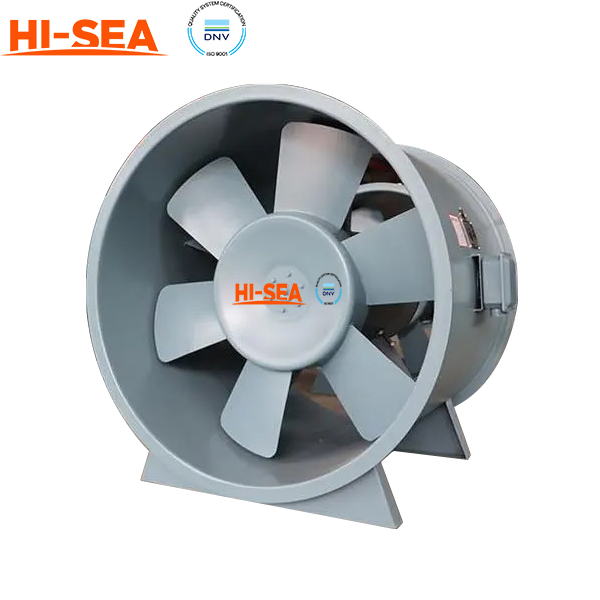
Axial Flow Blower
Introduction:
An axial flow blower, also known as an axial fan or propeller fan, is a type of air-moving device that utilizes a series of blades to move air parallel to the axis of rotation. The blades of an axial flow blower are typically curved and extend radially from the center hub of the device.
Axial flow blowers are used in a variety of applications, including ventilation systems, HVAC systems, cooling towers, and industrial processes. They are also commonly used in the aerospace and automotive industries for cooling and ventilation purposes.
One of the advantages of axial flow blowers is their ability to move large volumes of air with relatively low power consumption. They are also generally quieter than other types of fans, and can be more compact, making them ideal for applications where space is limited.
However, axial flow blowers are not as efficient at generating pressure as other types of fans, such as centrifugal fans. As a result, they are not typically used in applications where high pressure is required, such as in certain types of industrial processes.
Feature:
1. Blade Design: Axial flow blowers typically feature curved blades that are designed to efficiently move air parallel to the axis of rotation. The shape and angle of the blades can vary depending on the specific application and desired airflow.
2. Motor: The motor of an axial flow blower is typically located at the center hub of the device and is responsible for driving the rotation of the blades. The motor can be AC or DC powered, and the power rating can vary depending on the size of the blower.
3. Housing: Axial flow blowers are typically housed in a cylindrical or rectangular enclosure that is designed to guide the airflow in a specific direction. The housing can be made from a variety of materials, including metal, plastic, or composite materials.
4. Size: Axial flow blowers come in a range of sizes, from small fans that can fit in the palm of your hand to large industrial blowers that can be several feet in diameter. The size of the blower can impact its performance and power consumption.
5. Airflow Rate: Axial flow blowers are designed to move large volumes of air with relatively low pressure. The airflow rate of a blower can vary depending on its size, blade design, and motor power.
6. Noise Level: Axial flow blowers are generally quieter than other types of fans, making them ideal for applications where noise is a concern. The noise level of a blower can vary depending on its size, blade design, and motor power.
7. Energy Efficiency: Axial flow blowers are generally more energy-efficient than other types of fans, as they are designed to move large volumes of air with relatively low power consumption. The energy efficiency of a blower can vary depending on its size, blade design, and motor power.
Product Showing:
